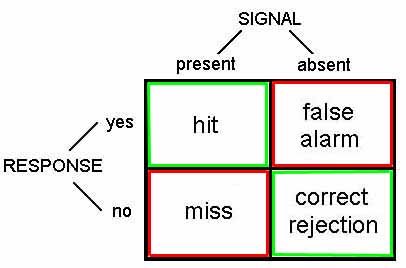The traditional SART task requires key presses to all digits appearing on the screen. However, the key press should be withheld if the digit is a 3
When aggregating the collected data, what is considered an error?
Is it simply the number of times the key was pressed when a 3 is on the screen? Or does it also include incorrectly withheld key presses (i.e. when the digit is anything other than 3)?
